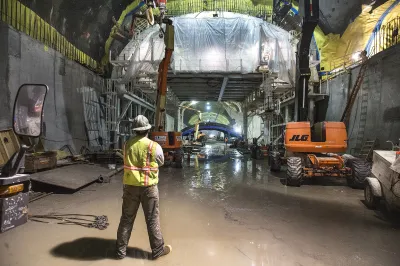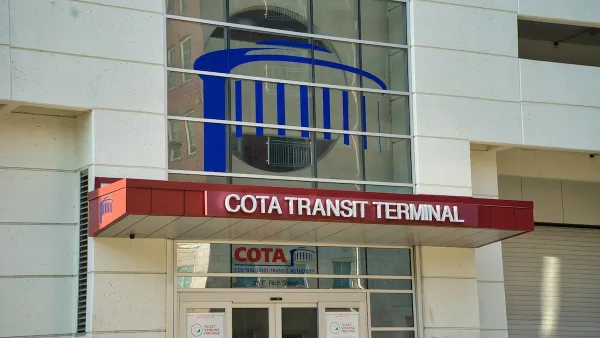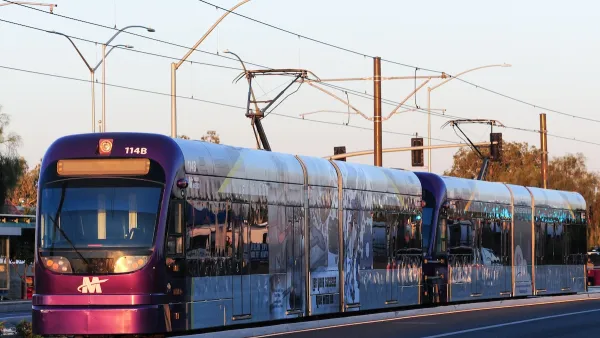Charles Marohn responds to Noah Smith's article asking why American Infrastructure is so expensive and delivers a plan to attack the problem.

American infrastructure incentives are badly misaligned, according to an article by Noah Smith, published in May for Bloomberg.
Following up on that story for Strong Towns, Charles Marohn argues that until we fix the incentives for infrastructure, "throwing more money at this system is simply pouring good money after bad." Marohn starts with the example of a policy that provides federal funding based on lane miles of highways, and programs that pay for around 90 percent of new construction but only 50 percent of maintenance. Marohn reasons that these incentives don't push projects to be well-managed and cost-efficient, nor built with the goal to endure.
To fix these types of misalignments, Marohn outlines a plan in four parts. He argues that localities should be given tools and encouraged to raise their own funding for these projects, so that they will be incentivized not to impress federal services whose rules and mandates have to be made broad enough to serve the whole country but, instead, built to serve their own local needs.
To reward planning for the long-term, Marohn says, "[t]he only tool I would take off the table -- or at least constrain -- is debt. Cities should have the ability to take on cash flow take and make strategic investments with debt, but they should not be able to live beyond their means today -- intentionally or not -- at the expense of future generations." He goes on to suggest that funding should be tied to very specific initiatives, like a toll or sales tax to pay for specific maintenance. Lastly, he suggests tying the design, construction, and warranty for projects into a single contract so contractors are motivated to create lasting success instead of just passing the buck.
FULL STORY: THIS IS WHY INFRASTRUCTURE IS SO EXPENSIVE

Analysis: Cybertruck Fatality Rate Far Exceeds That of Ford Pinto
The Tesla Cybertruck was recalled seven times last year.

National Parks Layoffs Will Cause Communities to Lose Billions
Thousands of essential park workers were laid off this week, just before the busy spring break season.

Retro-silient?: America’s First “Eco-burb,” The Woodlands Turns 50
A master-planned community north of Houston offers lessons on green infrastructure and resilient design, but falls short of its founder’s lofty affordability and walkability goals.

Test News Post 1
This is a summary

Analysis: Cybertruck Fatality Rate Far Exceeds That of Ford Pinto
The Tesla Cybertruck was recalled seven times last year.

Test News Headline 46
Test for the image on the front page.
Urban Design for Planners 1: Software Tools
This six-course series explores essential urban design concepts using open source software and equips planners with the tools they need to participate fully in the urban design process.
Planning for Universal Design
Learn the tools for implementing Universal Design in planning regulations.
EMC Planning Group, Inc.
Planetizen
Planetizen
Mpact (formerly Rail~Volution)
Great Falls Development Authority, Inc.
HUDs Office of Policy Development and Research
NYU Wagner Graduate School of Public Service




























